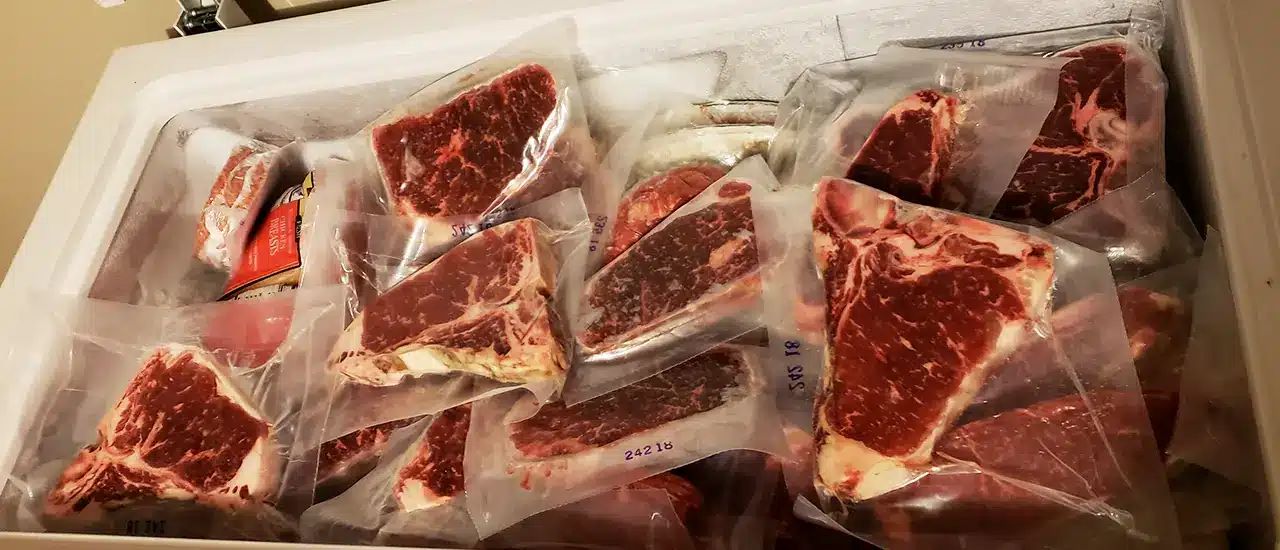

Articles
How To Store Beef In Freezer
Modified: February 20, 2024
Learn how to properly store beef in your freezer with these helpful articles. Find tips and tricks for preserving freshness and maximizing storage space.
(Many of the links in this article redirect to a specific reviewed product. Your purchase of these products through affiliate links helps to generate commission for Storables.com, at no extra cost. Learn more)
Introduction
Welcome to this guide on how to store beef in the freezer! Whether you’ve bought beef in bulk or have leftovers from a delicious meal, knowing how to properly store beef in the freezer is key to preserving its quality and flavor. Proper storage not only ensures that your beef stays fresh and safe to consume, but it also prevents freezer burn and extends its shelf life.
In this article, we will walk you through the steps of preparing beef for freezing, packaging the beef, labeling and dating, and storing it in the freezer. We will also provide tips on how to effectively thaw frozen beef while maintaining its quality. So, let’s jump right in and discover the best practices for storing beef in your freezer!
Key Takeaways:
- Properly preparing, packaging, labeling, and storing beef in the freezer is crucial for preserving its quality and flavor. Follow the steps outlined in this guide to ensure your beef stays fresh and delicious for an extended period.
- Thawing frozen beef properly and implementing tips for maintaining beef quality in the freezer are essential for enjoying high-quality, flavorful beef for months to come. With the right techniques, you can minimize the risk of freezer burn or deterioration and confidently store and preserve beef in the freezer.
Read more: How To Store Ground Beef In Freezer
Preparing Beef for Freezing
Before freezing beef, it is important to properly prepare it to maintain its quality. Here are a few steps you can follow:
- Trim Excess Fat: Remove any excess fat from the beef as it can lead to rancidity during freezing. Trimming visible fat not only helps preserve the quality of the meat but also prevents it from becoming greasy when thawed.
- Cut into Portions: If you have large cuts of beef, consider portioning them into smaller sizes before freezing. This allows for easier thawing and prevents the need to defrost the entire piece when you only need a portion.
- Marinating (Optional): If desired, you can marinate the beef before freezing to enhance its flavor. However, be aware that the texture of the meat may change slightly after freezing and thawing, so choose marinades that will complement the taste even after freezing.
- Cool to Room Temperature: Ensure that the beef has cooled to room temperature before placing it into the freezer. This helps in preventing the formation of excess moisture, which can lead to freezer burn.
By following these steps, you are setting yourself up for success in properly storing beef in the freezer and preserving its quality.
Packaging the Beef
When it comes to packaging beef for the freezer, the goal is to protect the meat from air exposure and prevent freezer burn. Freezer burn occurs when food is exposed to air inside the freezer for an extended period, causing dehydration and oxidation. Here are some tips for packaging beef:
- Wrap with Plastic Wrap: Start by wrapping the beef tightly with plastic wrap. Make sure it covers the entire surface of the meat to minimize air contact.
- Double Layer with Aluminum Foil: After wrapping with plastic wrap, double layer the beef with aluminum foil. This provides an extra barrier against air and helps maintain the quality of the meat.
- Use Freezer Bags: For ground beef or smaller portions, consider using freezer-safe plastic bags. Squeeze out as much air as possible before sealing the bag, or use a vacuum sealer for airtight results.
- Use Freezer Paper: Another option is to wrap the beef in freezer paper. This paper has a waxy coating that helps prevent moisture loss and freezer burn. Secure the paper with tape or a freezer-safe label.
- Divide into Individual Servings: If you plan to freeze beef in individual servings, wrap each portion separately to make it easier to thaw only what you need without defrosting the entire package.
By packaging beef properly, you are ensuring its quality and taste remain intact during storage in the freezer. It also makes it easier to organize your freezer and retrieve the desired amount of beef when needed.
Labeling and Dating
Properly labeling and dating your frozen beef is essential to maintain organization and ensure that you use the oldest cuts first. Here are some tips for labeling and dating your beef:
- Label Each Package: Use a permanent marker or labels to clearly indicate the type of beef and any additional information such as the cut or marinade. This will help you identify the contents without having to unwrap them.
- Date the Packages: Write the date of freezing on each package. This allows you to keep track of how long the beef has been in the freezer and prioritize its use accordingly.
- Rotate Your Stock: When adding new beef to the freezer, make sure to place it behind older packages. This ensures that the oldest beef is used first, preventing it from being forgotten and left to freezer burn.
- Use Clear Labels: Clear labels or freezer-safe tape with writing space can help you maintain a clear and organized labeling system. Avoid using regular tape or paper labels that can easily fall off or get damaged in the freezing environment.
- Store Similarly Labeled Cuts Together: If you have multiple cuts or types of beef, consider grouping them together in the freezer. For example, keep all ground beef packages or steak cuts in their own designated area. This helps you quickly locate the specific type of beef you need.
By diligently labeling and dating your frozen beef, you will have better control over your inventory and minimize the chance of letting the beef go to waste due to prolonged storage.
When storing beef in the freezer, make sure to wrap it tightly in plastic wrap or aluminum foil to prevent freezer burn. Place it in an airtight container or freezer bag to further protect it from freezer burn and odors. Label the package with the date to keep track of how long it has been in the freezer.
Storing Beef in the Freezer
Now that you’ve prepared and packaged your beef, it’s time to store it in the freezer. Here are some guidelines to follow:
- Choose the Right Temperature: Set your freezer temperature to 0°F (-18°C) or below. This low temperature helps to preserve the quality of the beef and prevents the growth of bacteria.
- Store on Solid Shelves or Flat Surfaces: Place your packaged beef on solid shelves or flat surfaces in the freezer. This allows for even air circulation and prevents packages from being crushed or damaged.
- Avoid Overcrowding: Avoid cramming the freezer with too much beef or other food items. Overcrowding can restrict airflow and lead to uneven freezing. Leave enough space between packages for proper circulation.
- Keep Away from the Door: Place your beef in the back of the freezer, away from the door. The door is often subjected to temperature fluctuations when opened frequently, which can impact the quality of the beef.
- Don’t Keep for Too Long: While beef can be safely stored in the freezer for several months, it is best to use it within 3-6 months for optimal quality. Over time, the quality may decline due to freezer burn or flavor changes.
By following these guidelines, you can ensure that your beef remains frozen at its best quality and is easy to access whenever you need it.
Read more: How Long Is Beef Good For In Freezer
Thawing Frozen Beef
Thawing frozen beef properly is essential to maintain its quality and ensure safe consumption. Here are a few methods to thaw frozen beef:
- Refrigerator Thawing: The best method for thawing beef is to place it in the refrigerator. Place the frozen beef in a shallow dish or on a plate to catch any drips and allow it to thaw slowly in the refrigerator. This method requires planning ahead as it takes time, typically requiring 24 hours for every 5 pounds of beef.
- Cold Water Thawing: If you need to thaw beef more quickly, you can use the cold water thawing method. Place the frozen beef in a leak-proof plastic bag and submerge it in cold water. Change the water every 30 minutes to maintain the cold temperature. This method is faster than refrigerator thawing and usually takes about 1 hour per pound.
- Microwave Thawing: The microwave can also be used for thawing beef, but it should be done carefully. Use the defrost setting on your microwave and follow the manufacturer’s instructions. Be cautious as microwave thawing can lead to uneven thawing and even begin to cook the edges of the beef.
Regardless of the method you choose, it is important to cook the beef promptly after thawing to ensure its safety. Never refreeze previously thawed beef unless it has been cooked thoroughly.
Remember, when thawing beef, it is important to plan ahead and allow sufficient time for the process to occur gradually. This will help maintain the quality and safety of the meat.
Tips for Maintaining Beef Quality in the Freezer
Proper storage in the freezer is crucial for maintaining the quality of your beef. Here are some tips to help you keep your beef in the best possible condition:
- Package for Protection: Ensure that your beef is well-packaged to prevent air exposure and freezer burn. Use a combination of plastic wrap, aluminum foil, freezer bags, or freezer paper to provide a barrier against moisture loss and oxidation.
- Remove Excess Air: When using plastic bags or vacuum sealers, make sure to remove as much air as possible before sealing. Excess air can contribute to freezer burn and affect the taste and texture of the beef.
- Avoid Temperature Fluctuations: Try to minimize fluctuations in the freezer temperature, as they can have a negative impact on the quality of the beef. Avoid frequent opening of the freezer door, and make sure that the freezer maintains a consistent temperature.
- Keep the Freezer Clean: Regularly clean your freezer to remove any spills or debris that might affect the quality of your beef. A clean freezer also helps with airflow and prevents odors from transferring to the beef.
- Organize and Rotate: Keep your freezer organized by grouping similar cuts together and rotating your stock. This way, you can easily find what you need, and the oldest beef will be used first, preventing it from sitting in the freezer for too long.
- Don’t Overstore: Avoid overloading your freezer with too much beef or other food items. Overcrowding can restrict airflow and lead to uneven freezing and potential quality issues.
- Avoid Freezer Door Storage: Store your beef away from the freezer door, as it is more likely to be affected by temperature fluctuations when the door is opened. Keeping it towards the back of the freezer provides more stable conditions.
- Regularly Check for Quality: Periodically check the quality of your beef in the freezer. Look for any signs of deterioration, such as freezer burn or off odors. If you notice any issues, it may be time to use or discard the beef.
By following these tips, you can ensure that your beef remains in optimal condition throughout its time in the freezer. This will allow you to enjoy high-quality, flavorful beef whenever you decide to thaw and cook it.
Conclusion
Properly storing beef in the freezer is essential for preserving its quality, flavor, and safety. By following the guidelines in this article, you can ensure that your beef stays fresh and delicious for an extended period. From preparing the beef for freezing to packaging it correctly, labeling and dating, and storing it in the freezer, every step plays a crucial role in maintaining its quality.
Remember to trim excess fat, cut the beef into portions, and cool it to room temperature before freezing. Use plastic wrap, aluminum foil, freezer bags, or freezer paper to protect the beef from air exposure. Label and date each package to keep track of its age, and store the beef at the recommended temperature for your freezer.
Thawing frozen beef properly is just as important. Whether you choose the refrigerator thawing method for slow and gentle thawing or the cold water or microwave method for quicker thawing, handle the beef with care to ensure its safety and taste.
Lastly, implement the tips for maintaining beef quality in the freezer, such as avoiding temperature fluctuations, organizing and rotating the stock, and keeping the freezer clean. By implementing these strategies, you can enjoy high-quality beef for months to come and minimize the risk of freezer burn or deterioration.
So, the next time you find yourself with leftover beef or a great deal on bulk purchases, you can confidently store and preserve it in the freezer using the knowledge and techniques you’ve learned in this guide.
Happy freezing and enjoy your delicious beef whenever you need it!
Frequently Asked Questions about How To Store Beef In Freezer
Was this page helpful?
At Storables.com, we guarantee accurate and reliable information. Our content, validated by Expert Board Contributors, is crafted following stringent Editorial Policies. We're committed to providing you with well-researched, expert-backed insights for all your informational needs.
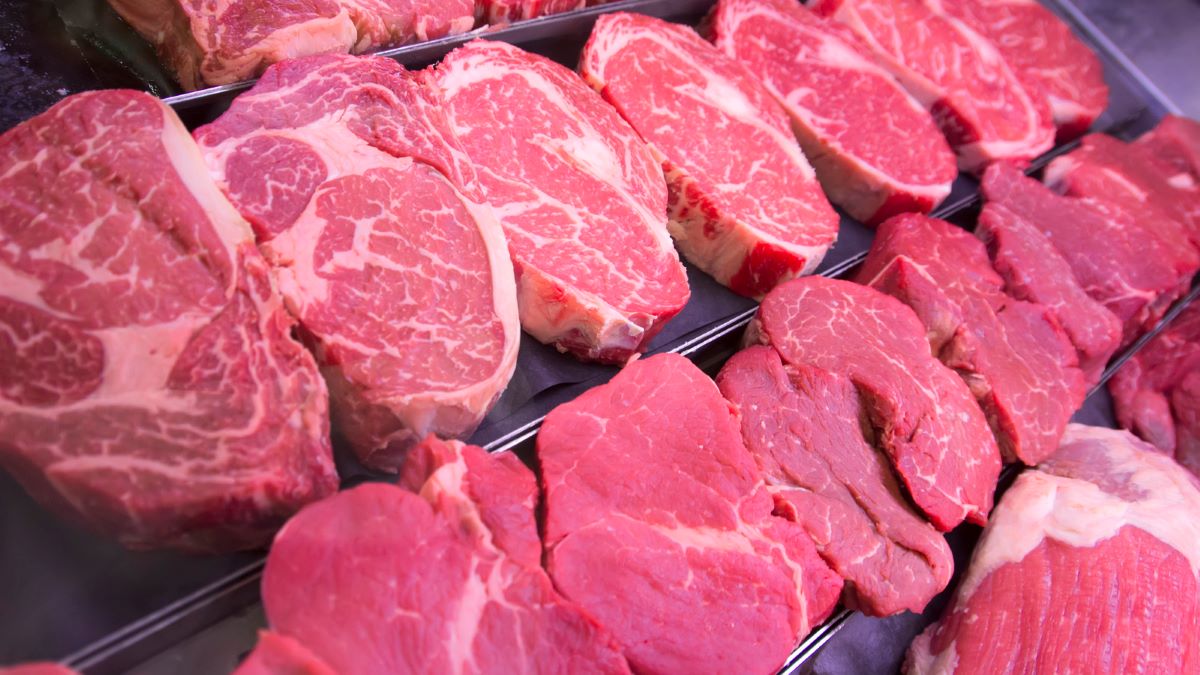
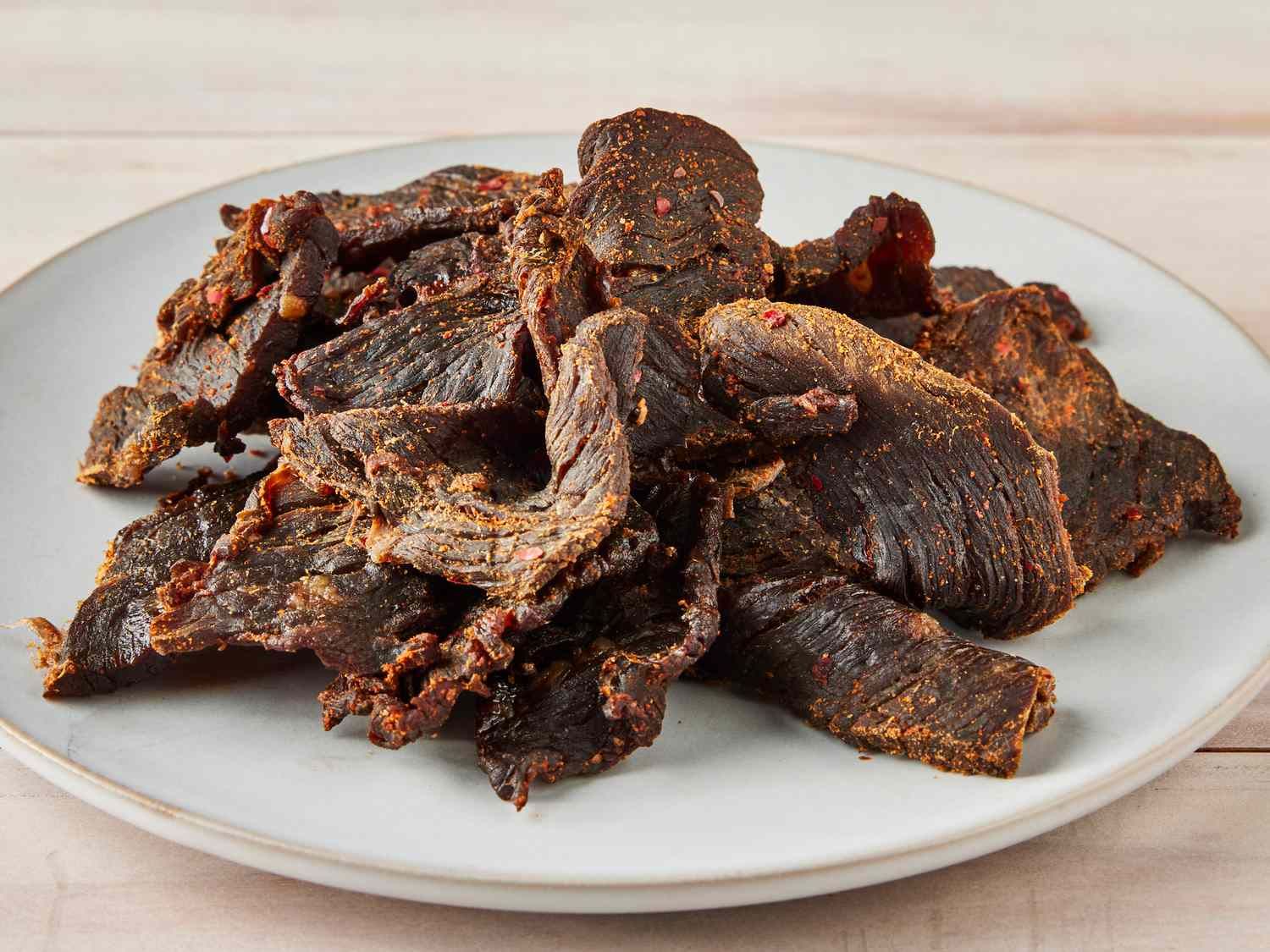
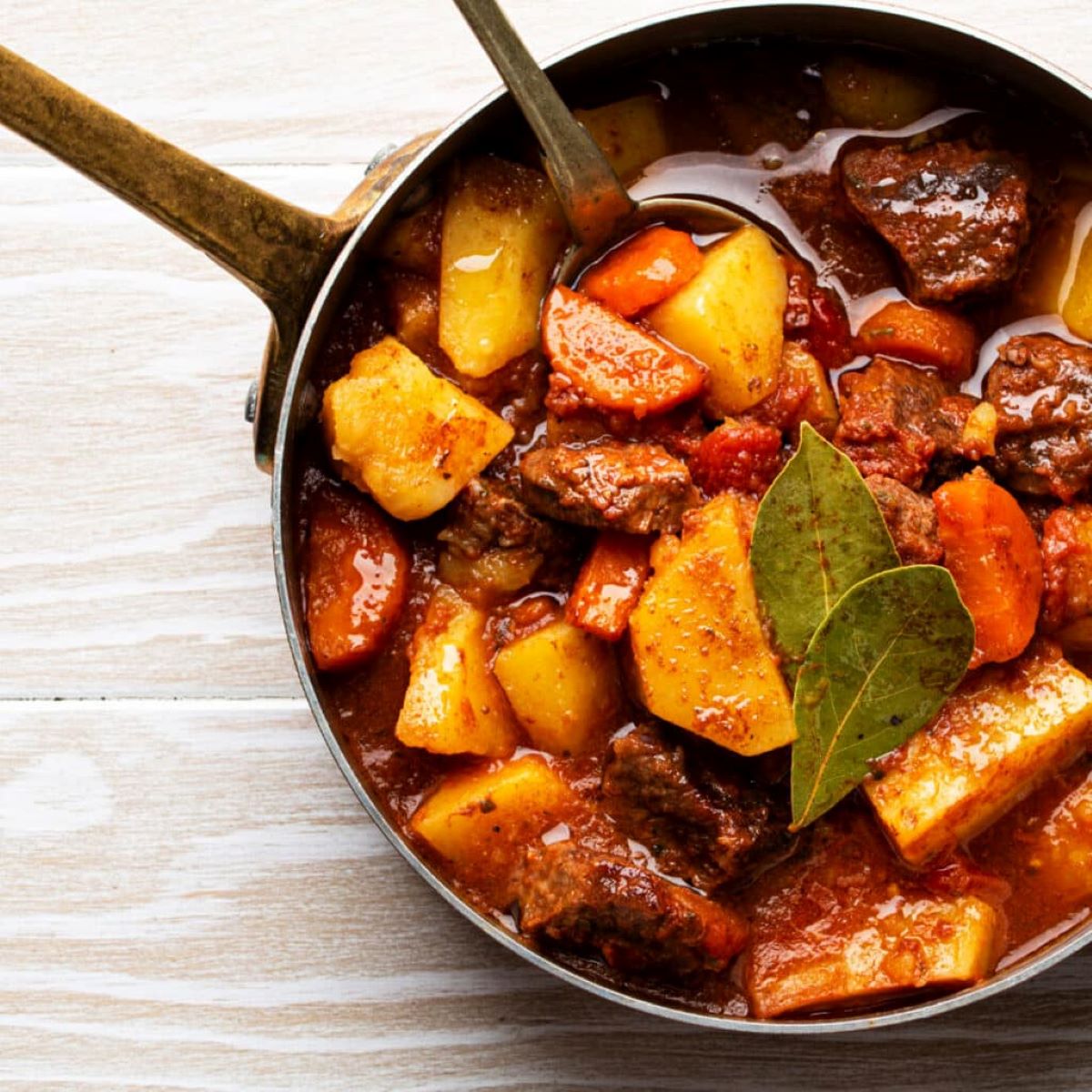
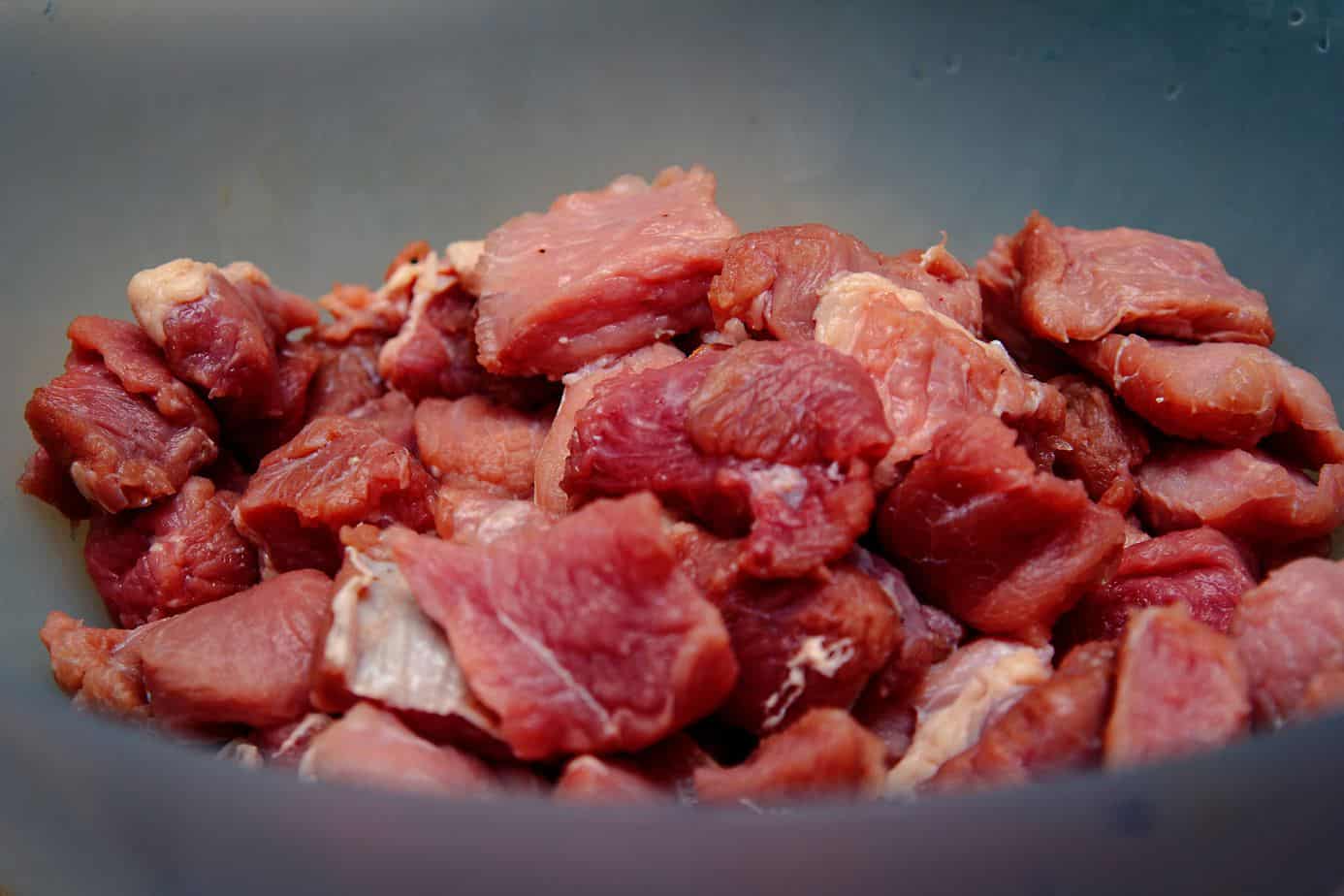
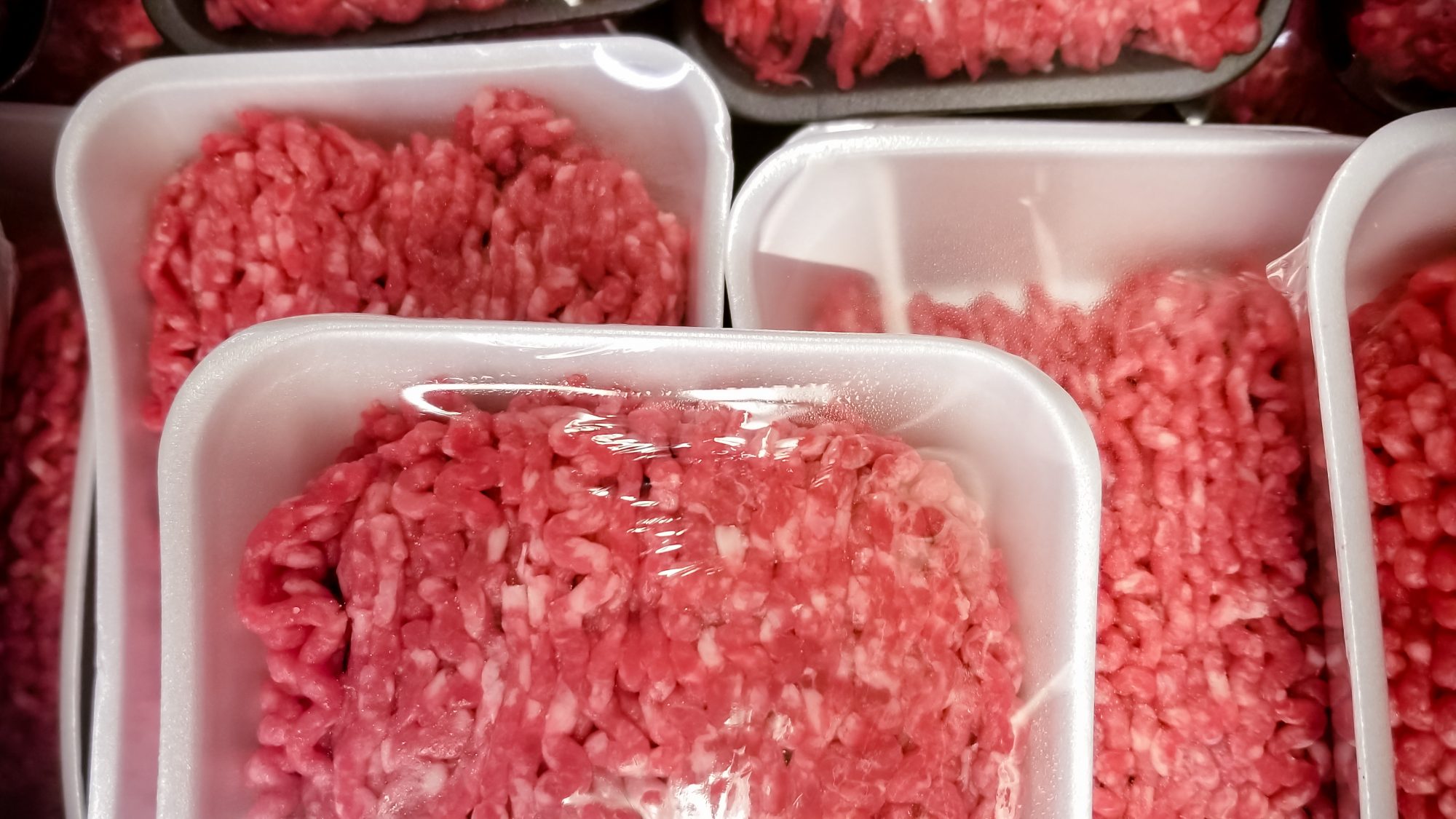

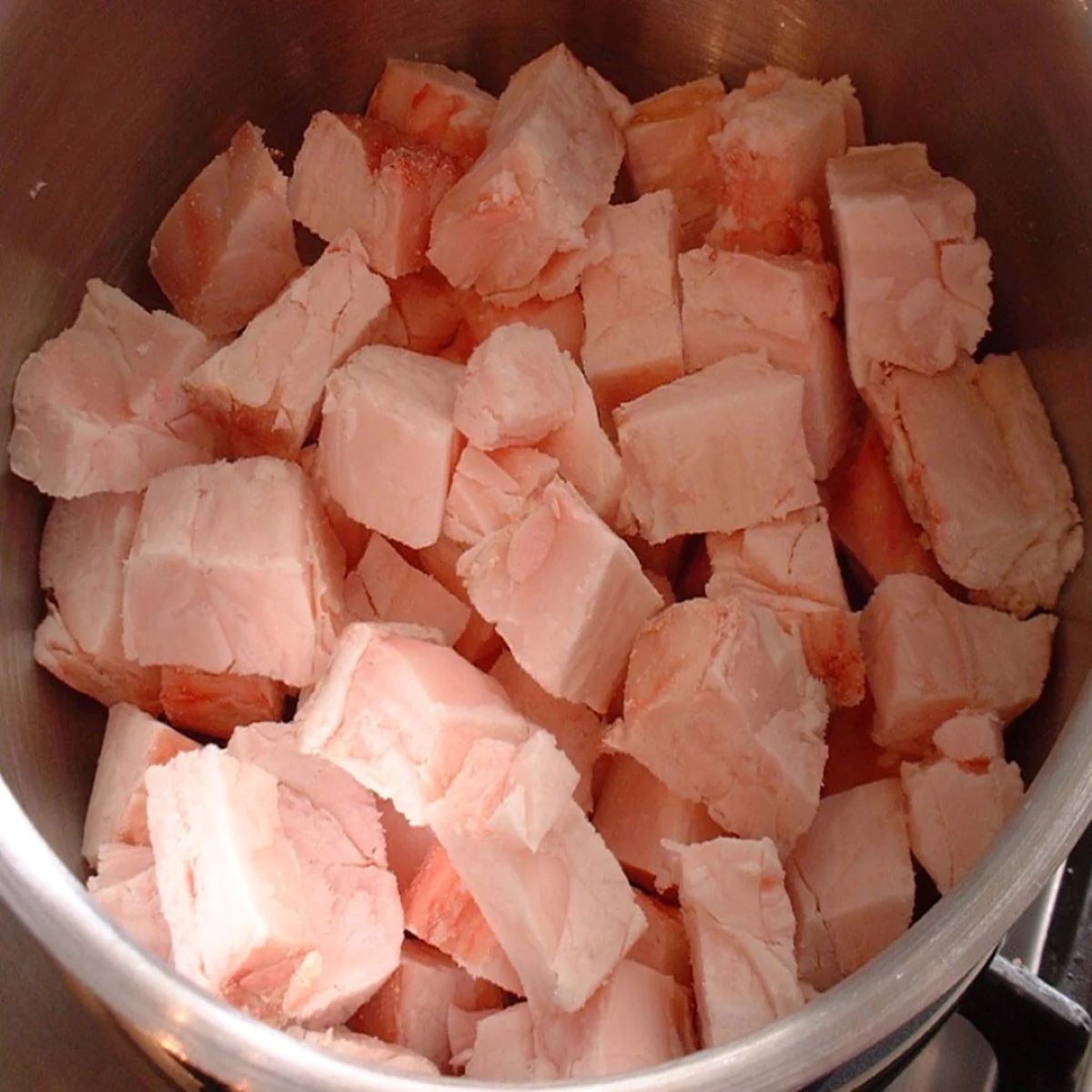

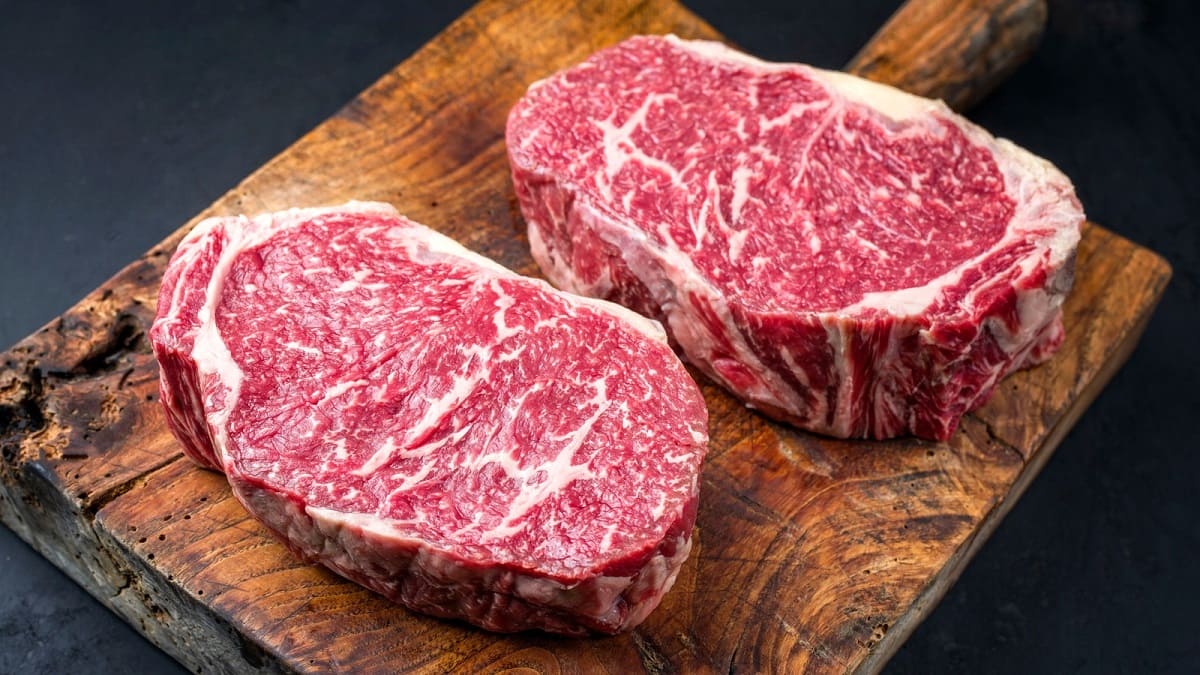
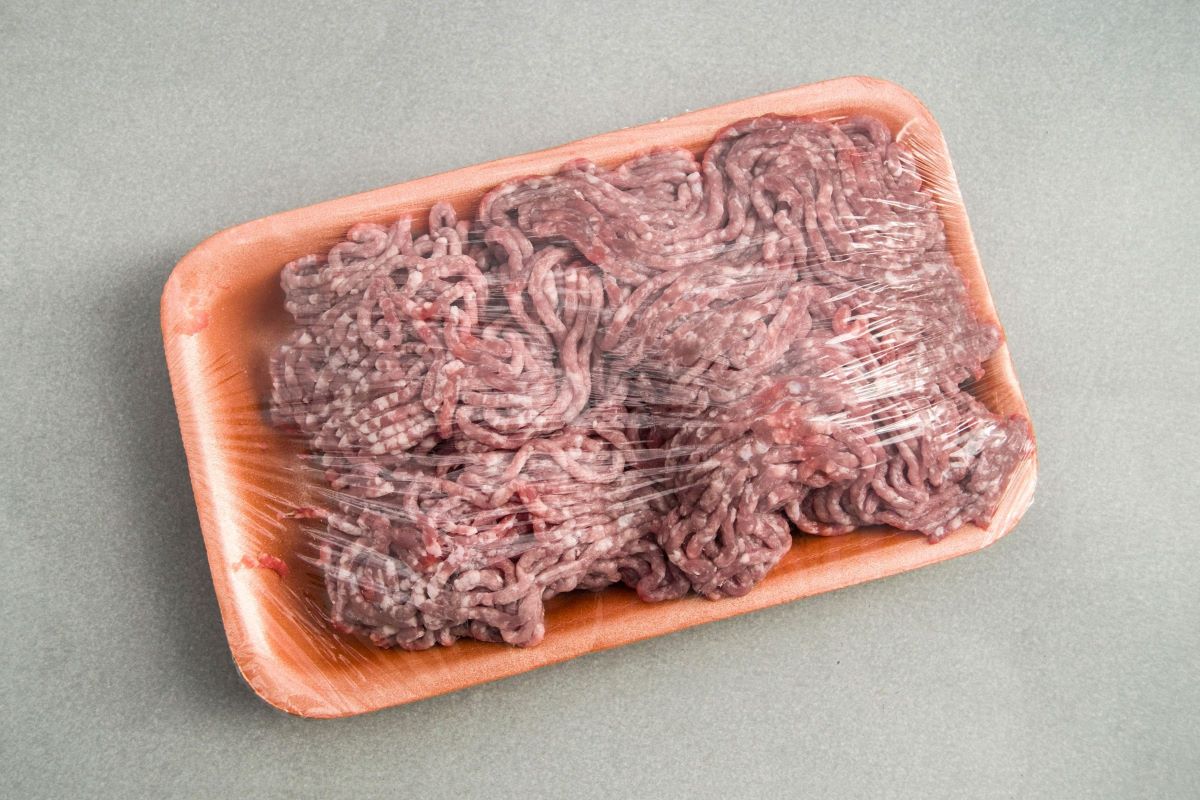
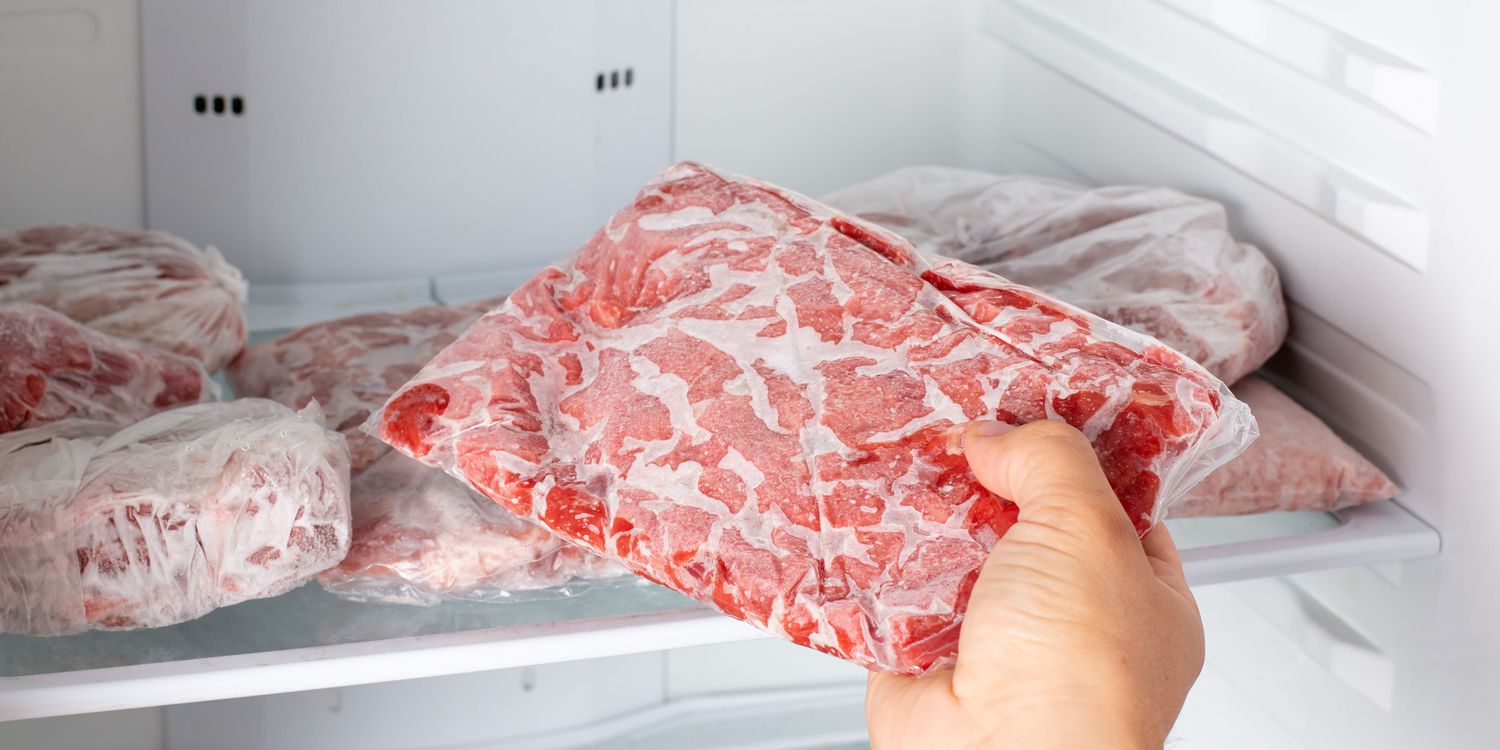
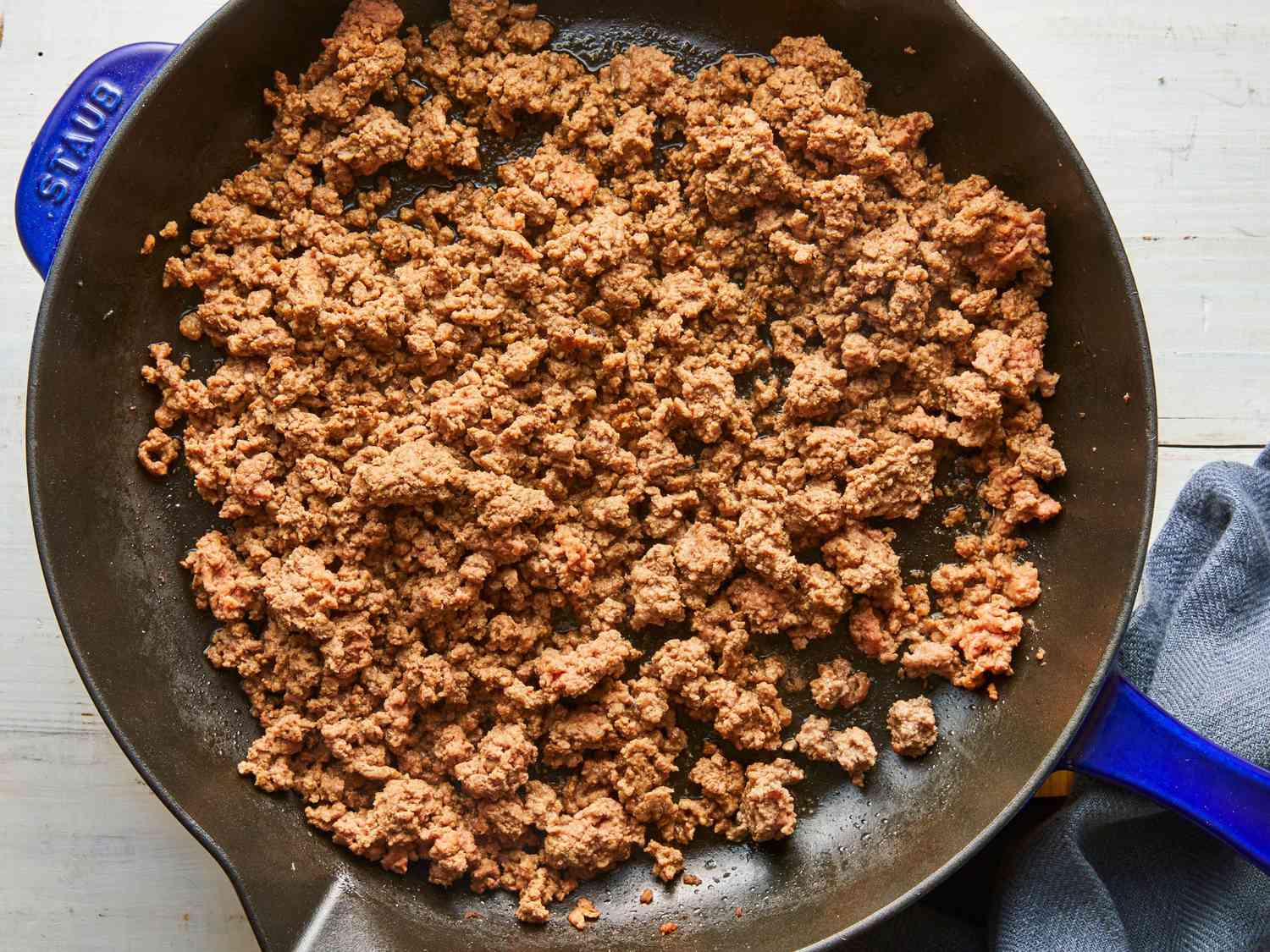
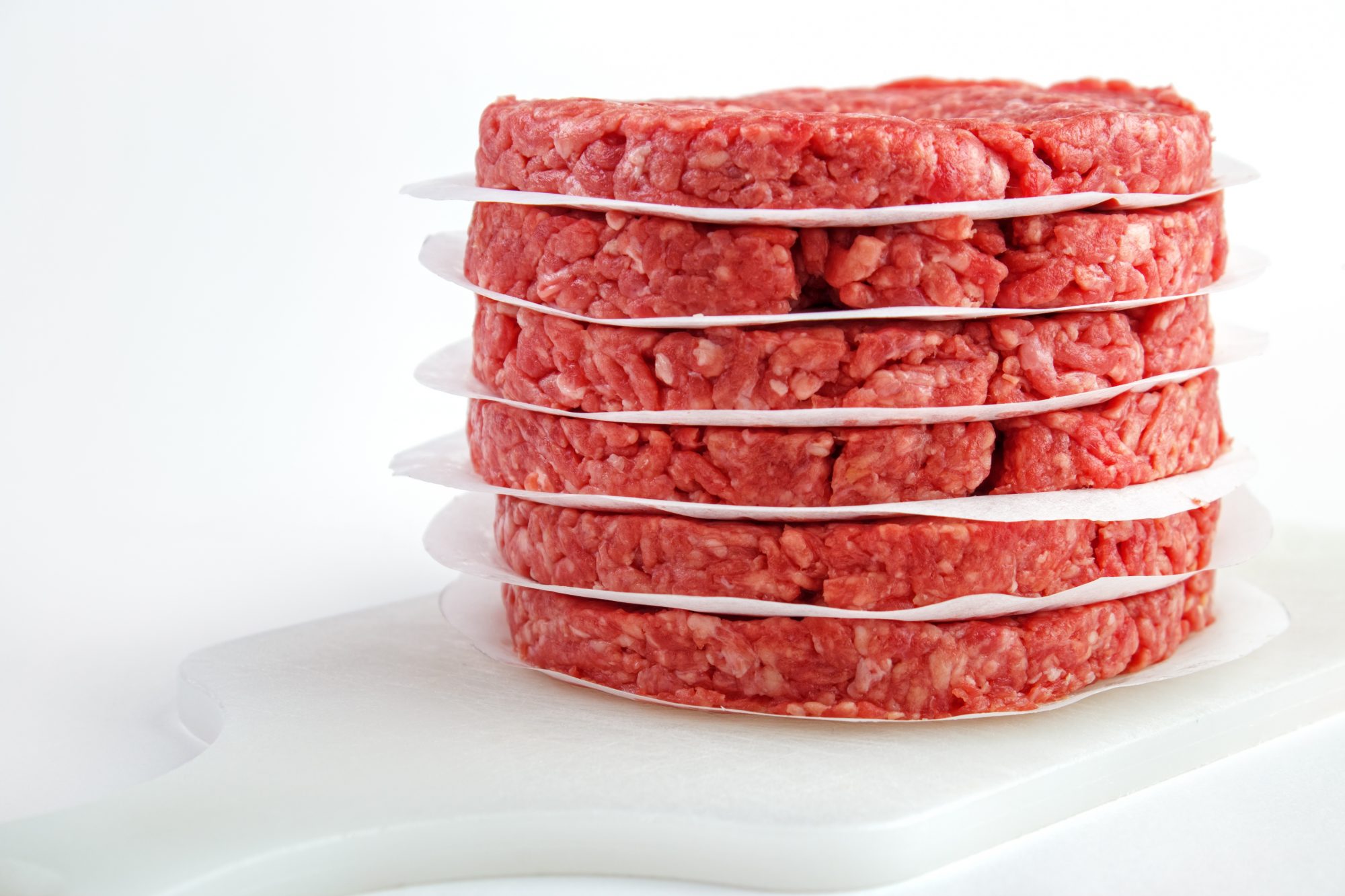
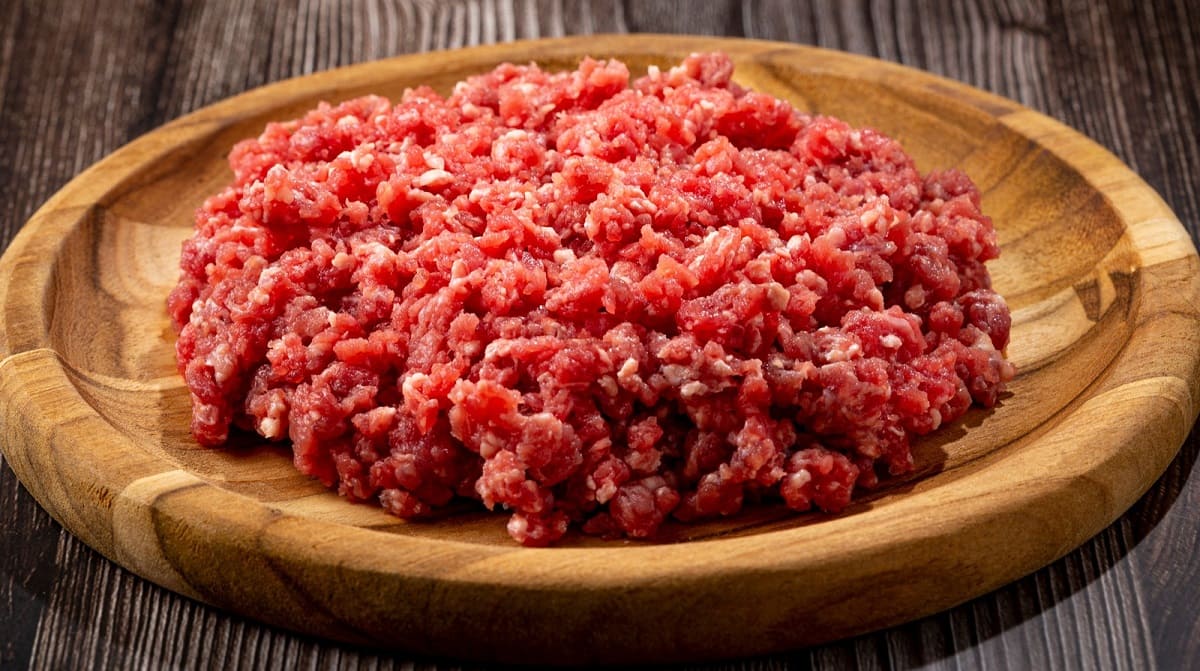

0 thoughts on “How To Store Beef In Freezer”